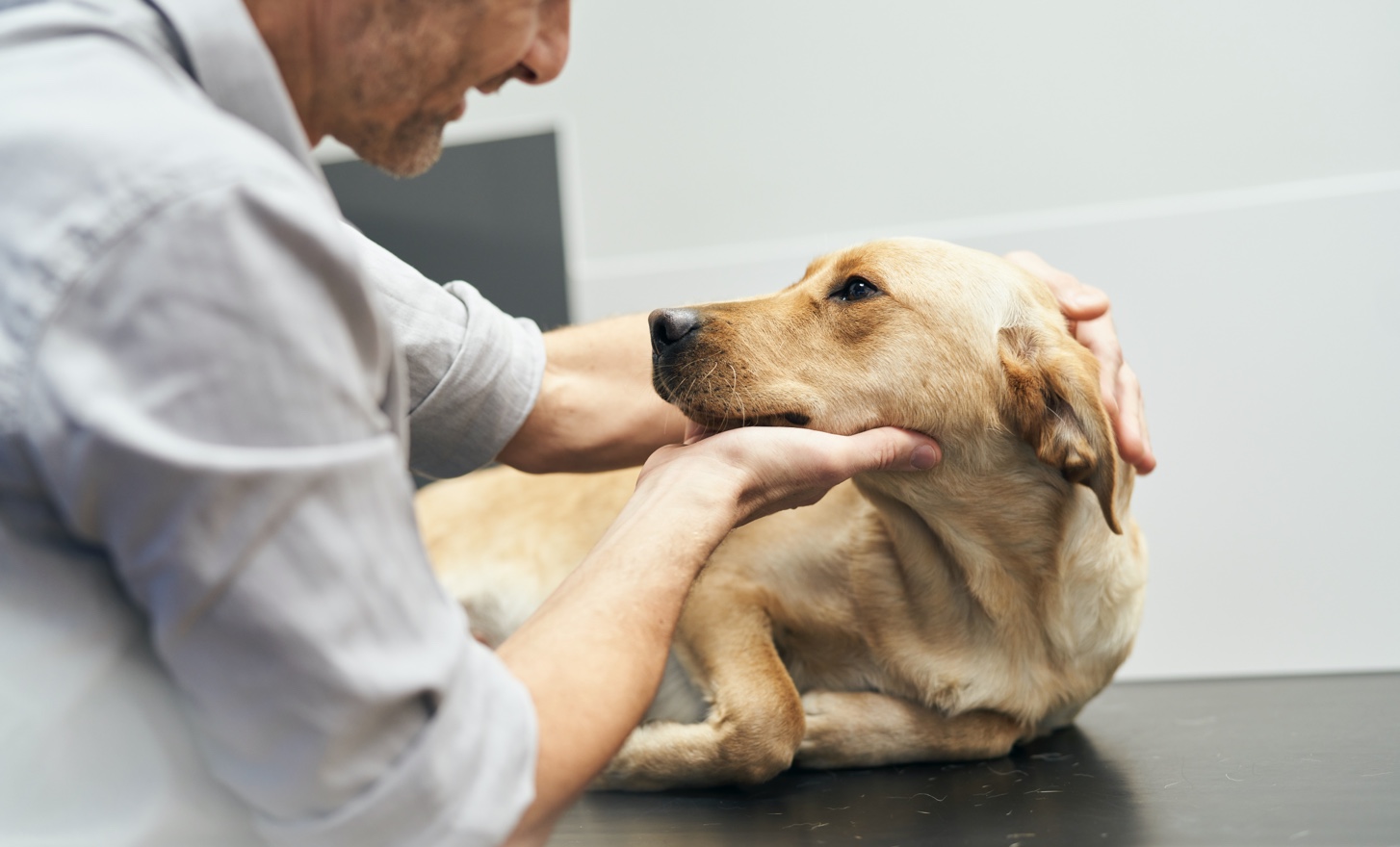Laparoscopic neutering
At Wilbury Vets, we are now offering laparoscopic (“key-hole”) spays to our clients and their dogs. Following further investment in training and equipment, we are now extending this service for other local veterinary practices.
Our Laparoscopic bitch spays are a much less invasive alternative to a traditional “open” bitch spay. This means there is often a much faster recovery as well as less post-operative discomfort. We’ve outlined the key benefits below along with answering common questions around laparoscopic procedures.
What is involved in a laparoscopic bitch spay?
The procedure is performed under general anaesthetic so your pet will be completely unaware of it. This allows the introduction of a tiny camera and various surgical instruments into the abdomen via small incisions (known as ports). The surgeon is then able to see the inside of the patient’s abdomen on the screen and perform the procedure remotely. Electro-surgery is used to close the blood vessels, rather than traditional ligatures or stitches. The ovaries are removed via the ports. The technique requires specialist equipment and training therefore it is more expensive than a traditional spay (an additional £315)
Are there any risks with just performing an ovariectomy?
Studies have shown that once the ovaries (and therefore hormones) have been removed there is no increased risk of developing uterine infection (also known as pyometras) in the future. It is becoming common practice in the UK to only perform ovariectomies.
What are the advantages of laparoscopic surgery?
- Decreased pain during the procedure, allowing us to keep the patient under a lighter plane of anaesthesia.
- Decreased post-operative pain leading to a happier pet and faster recovery.
- Only two very small incisions (approx. <1cm) with no external stitches.
- Reduced risk of patient interference with surgical wounds. In most cases, there is no requirement for a buster collar.
- A faster return to normal, pain and risk free activity/exercise – in a lot of cases, they can be off their lead after their three-day check.
Are there any possible complications?
In rare circumstances, we may have to convert to a routine midline spay. The main reasons for this would be if the surgeon felt it was important to remove the uterus as well as the ovaries or if there was bleeding obstructing the surgeon’s view which couldn’t be dealt with using the laparoscopic instruments.
Are there any other differences with open spays?
You will notice the hair clip required for laparoscopy is wider than traditional spay due to the way the technique is carried out.
How do I book my dog for a laparoscopic spay?
Just call us or email us at Wilbury Vets in Brighton. If you’re not a client of ours, please ask your vet to fill out the online referral form or email [email protected]

